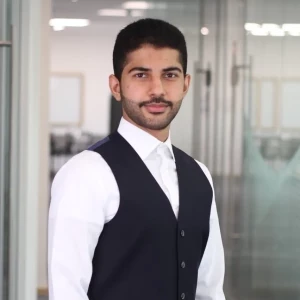Got feedback that I wasn't structured enough or had a clear outline of the problem. I felt I had clearly definted the problem, had a good structure throughout, and was connected the dots and consistently leading the case to the next part.
Would love to know how I can improve upon this? Just better structure on paper, so they can visibly see I'm being structured? Just the way I speak potentially? Any tips regarding this would be helpful!












